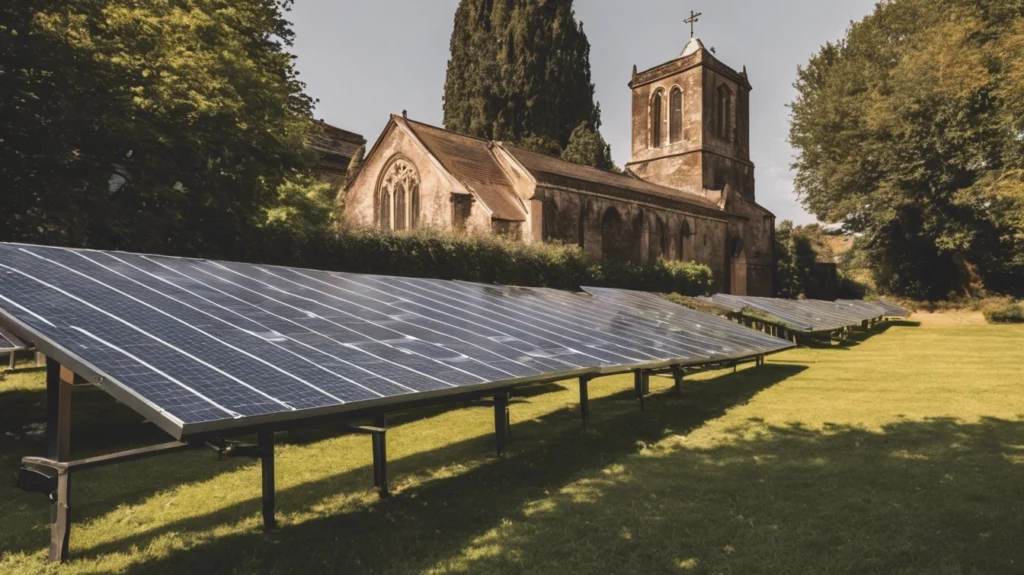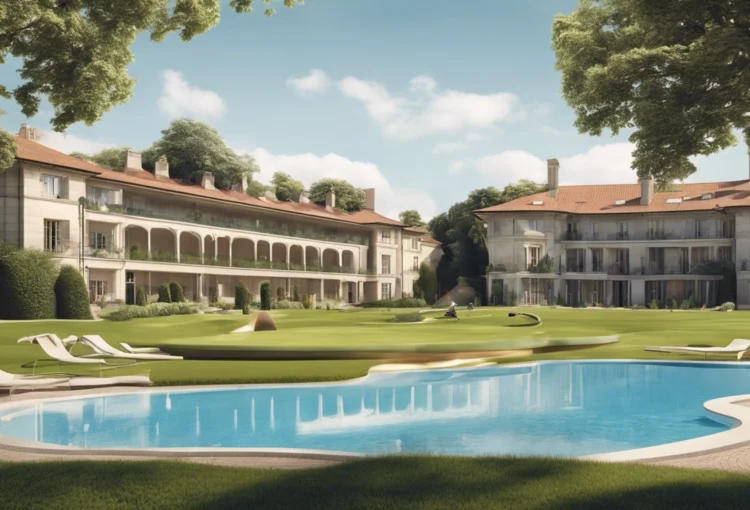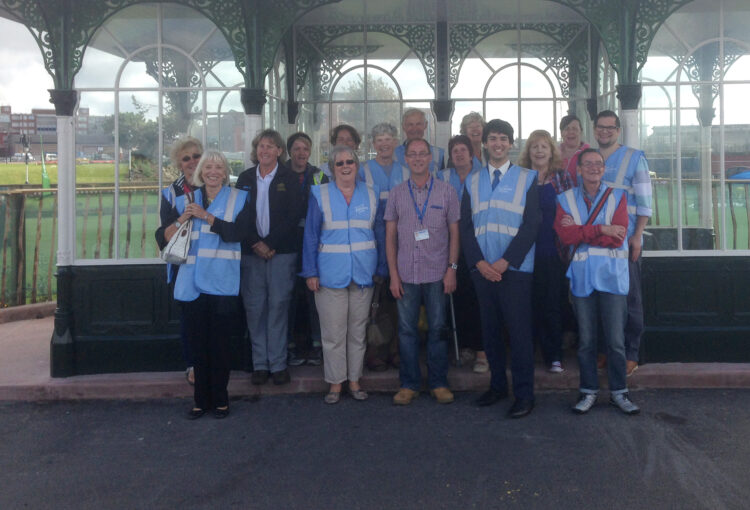
The construction industry has a significant role to play in reducing carbon emissions. One way to achieve this is by improving the energy efficiency of buildings through retrofitting. It is a widely known fact that older buildings were constructed with materials that are less efficient in terms of energy usage and heat retention. Contrary to popular belief, however, old buildings still possess numerous advantages in terms of carbon capacity compared to modern buildings, which is why retrofitting old buildings is a better option than new building construction.
Old buildings have better carbon capacity because they have inherent qualities that foster efficient energy consumption. For instance, structures built before the advent of mechanical heating and cooling were designed to maximize natural light and ventilation. This means that old buildings have more windows and open spaces compared to modern buildings. These features help to regulate the temperature and humidity in old structures, hence lower energy consumption.
Furthermore, retrofitting an old building is not only cost-effective but also helps to reduce carbon footprint. The cost of retrofitting an old building is much lower than that of constructing a new building from scratch. Retrofitting can involve the installation of energy-efficient lighting fixtures, the use of low-flow water fittings, or the installation of solar panels. Incorporating such features significantly reduces monthly utility costs while helping to achieve carbon neutrality.
In conclusion, retrofitting old buildings has tremendous benefits for the environment, as it helps mitigate carbon emissions. The carbon capacity of old buildings cannot be overstated, and if people embrace retrofitting, we can realize a significant reduction in carbon footprints and positively impact the planet’s health.












